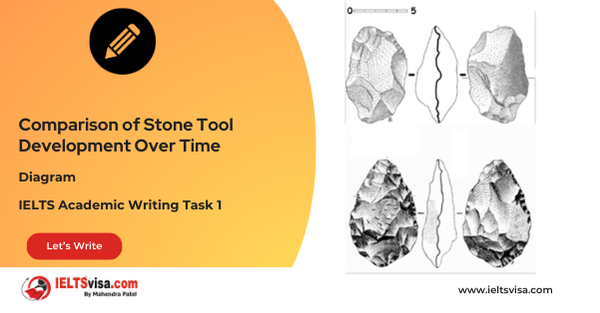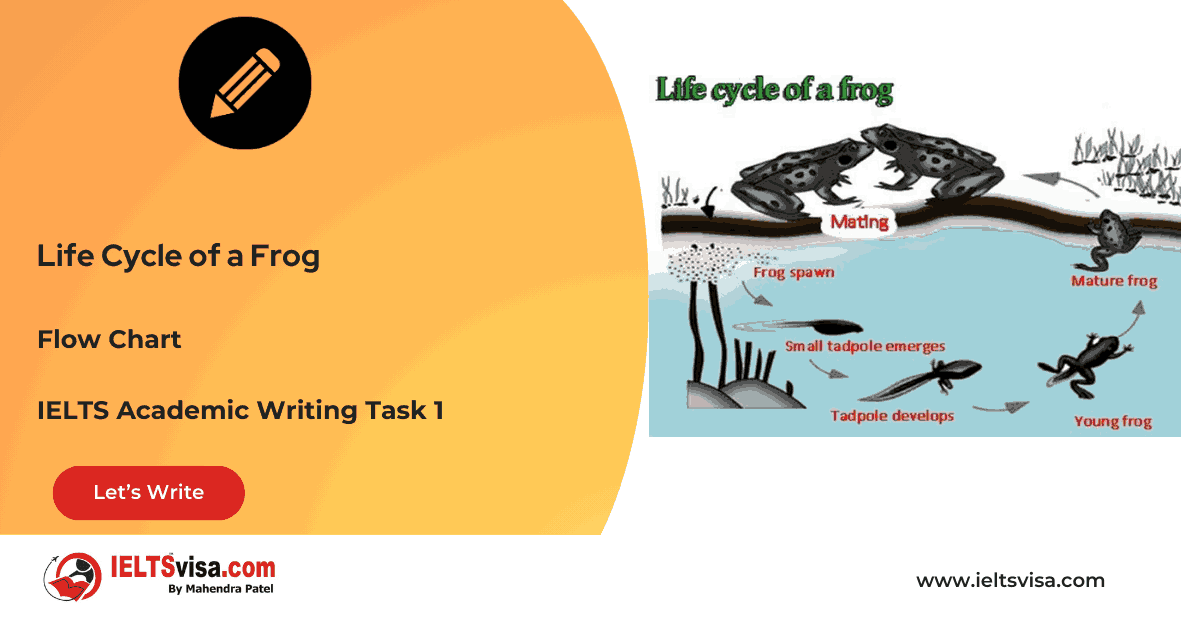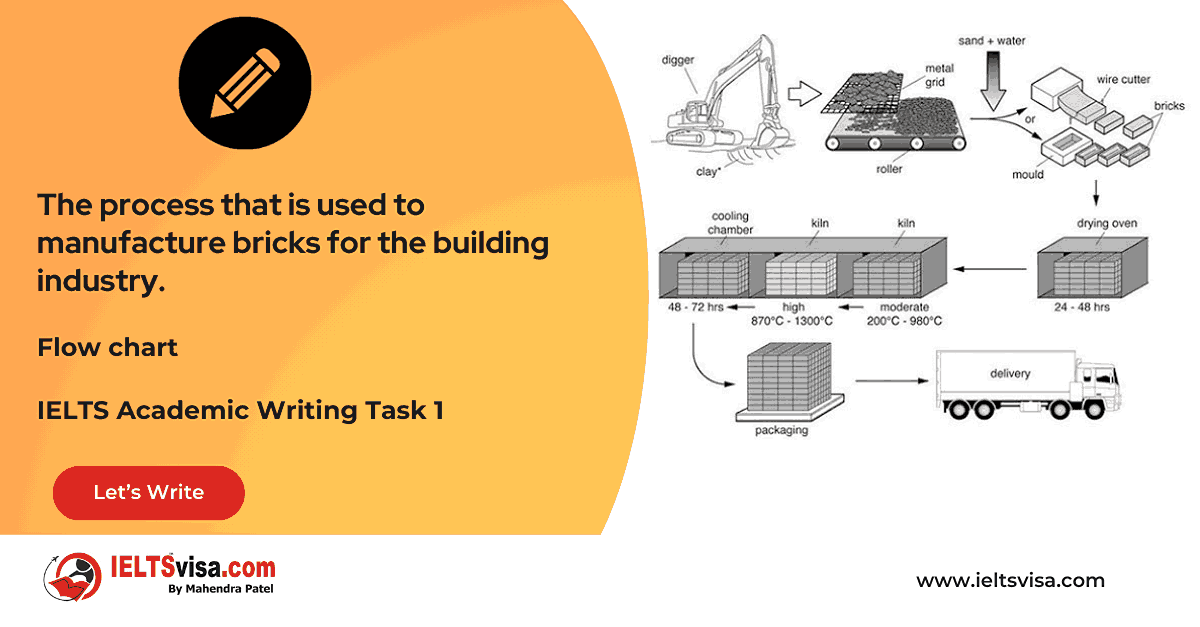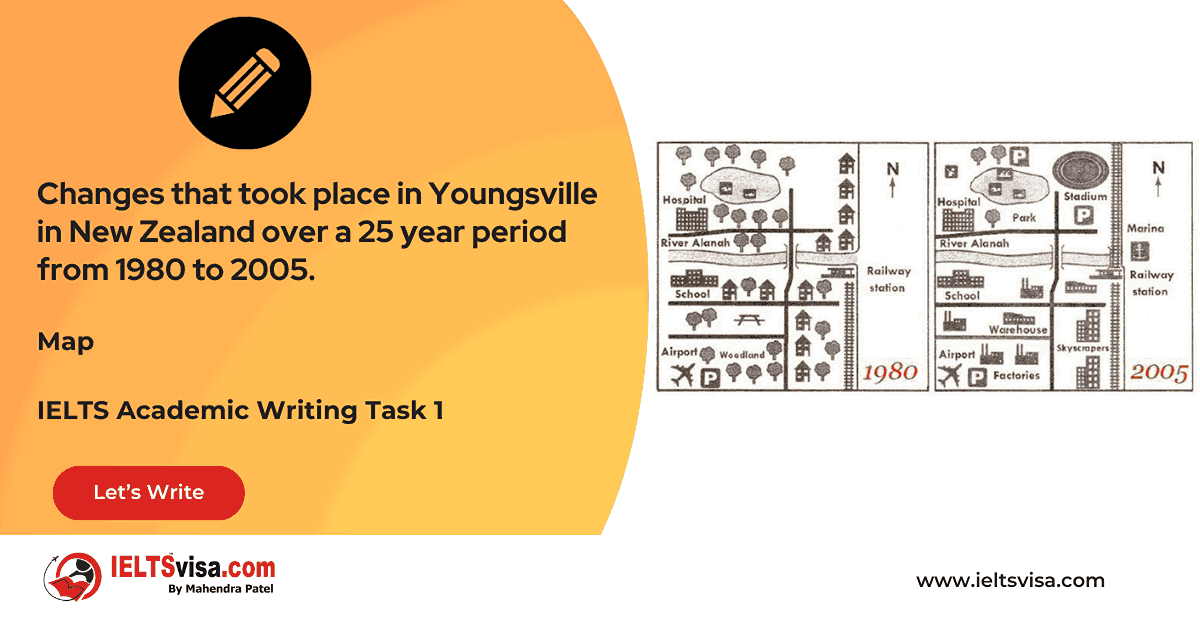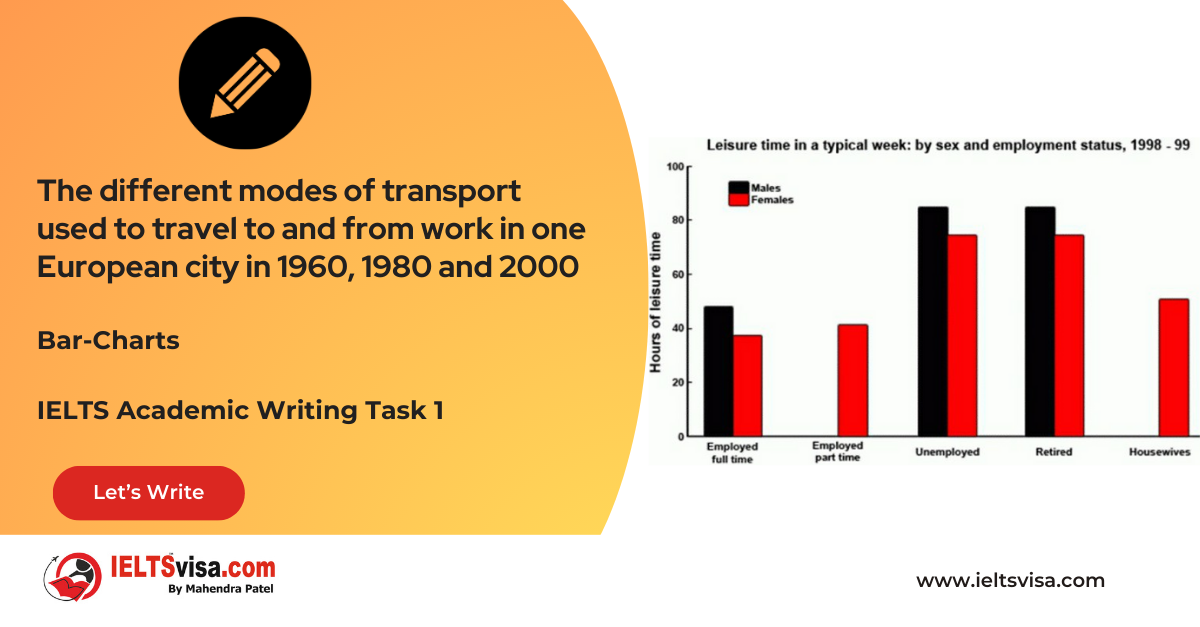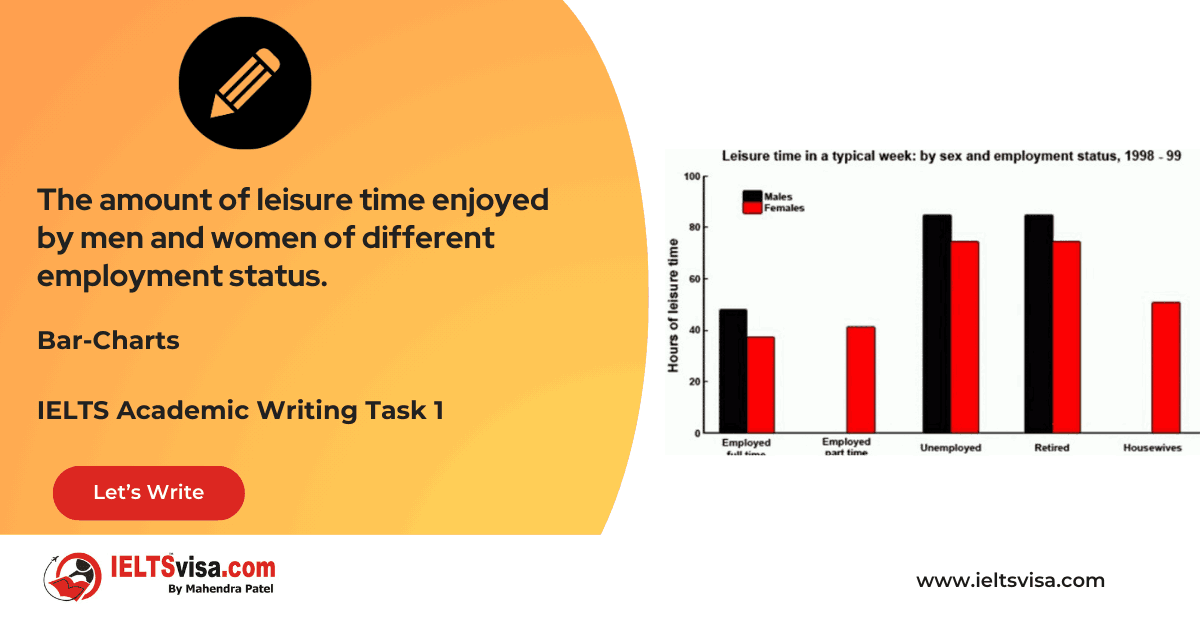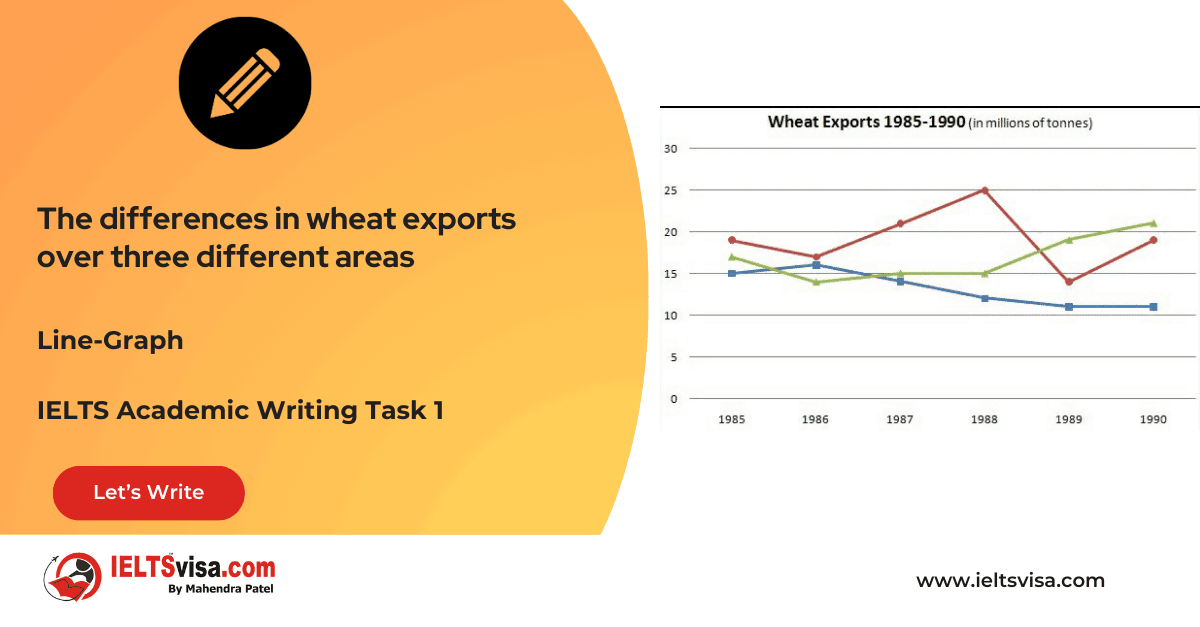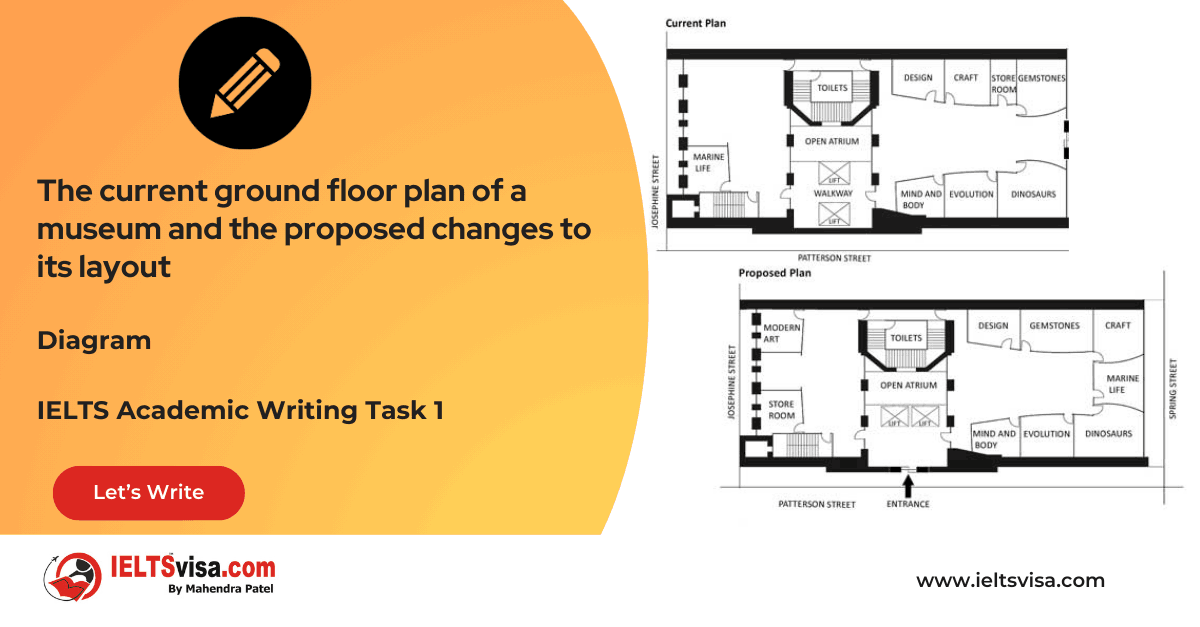How to write appropriate adverbials of location
MapsIELTS Academic Writing Task 1
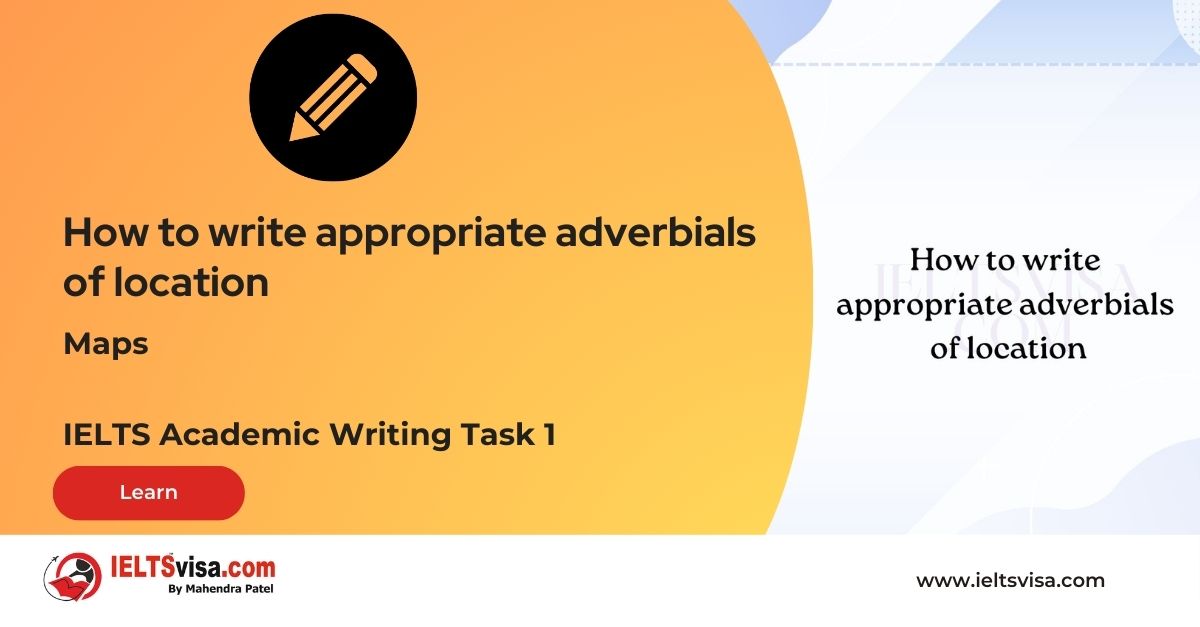
IELTS Academic Writing Task 1 often requires candidates to interpret and describe maps, which depict various locations and spatial relationships. One essential aspect of effectively conveying information in this task is using appropriate adverbials of location. In this article, we will explore how to use adverbials of location in your writing, providing examples and answers to help you excel in this task.
Adverbials of location are words or phrases that indicate where something is situated or the direction in which it is moving. They add depth and specificity to your descriptions, enabling the reader to visualize the spatial relationships depicted in the maps accurately.
Here are some key steps to writing appropriate adverbials of location:
1. Identify the locations:
Carefully observe the maps and identify the different locations or areas mentioned. Note down the names or descriptions of these places to ensure accuracy in your writing.
2. Use specific prepositions:
Adverbials of location often involve prepositions that express relationships between objects or places. Utilize prepositions such as “in,” “on,” “at,” “near,” “next to,” “beside,” “to the left of,” “to the right of,” and “opposite” to indicate the relative positions of various elements on the map.
3. Combine with adverbs:
Enhance your descriptions by combining adverbials of location with adverbs. This combination adds more precision and clarity to your writing. For example, instead of saying a road is “nearby,” you can specify that it is “closely adjacent” or “immediately neighbouring” another location.
4. Consider changes over time:
If the task involves maps depicting changes over time, adverbials of location can help you describe the movement or shifting of elements. Use words such as “from,” “to,” “between,” “across,” “along,” or “through” to indicate the direction or path of movement.
Examples and Answers:
To illustrate the use of appropriate adverbials of location, let’s consider a couple of examples:
Task: The maps below show the layout of a city park before and after renovation.
Answer: The café, previously situated in the center of the park, has been relocated to the northeastern corner. The playground has shifted from the western side to the southeastern area. A new pond has been added to the southern part of the park, next to the walking trail.
In this example, adverbials of location such as “in the center,” “to the northeastern corner,” “from the western side to the southeastern area,” and “to the southern part” accurately describe the positions and movements of various elements within the park.
Task: The maps below illustrate the expansion of a university campus over a 10-year period.
Answer: The new library has been constructed to the east of the main building. The student dormitories are now situated adjacent to the sports complex. The parking area has been extended, stretching from the northern edge to the western side of the campus.
Here, the adverbials of location “to the east,” “adjacent to,” and “from the northern edge to the western side” effectively describe the positions and relationships of the new structures and expanded areas within the university campus.
Conclusion:
Using appropriate adverbials of location is crucial in accurately describing maps in IELTS Academic Writing Task 1. By identifying locations, utilizing specific prepositions, combining with adverbs, and considering changes over time, you can provide clear and precise descriptions of spatial relationships. Practice incorporating these adverbials into your writing, and you will enhance your ability to convey information effectively in this task.








Our Books
Master IELTS Speaking Part 1
IELTS Writing Task 1 Book
IELTS Writing Task 2 Book
Practice IELTS Other Modules
IELTS Listening
The IELTS Listening test assesses how well you can understand spoken English in various contexts. It lasts about 30 minutes and is divided into four sections with a total of 40 questions. The listening tasks become increasingly difficult as the test progresses.
IELTS Academic Reading
The IELTS Academic Reading section assesses your ability to understand and interpret a variety of texts in academic settings. It is designed to evaluate a range of reading skills, including skimming for gist, reading for main ideas, reading for detail, understanding inferences, and recognizing a writer's opinions and arguments.
IELTS Speaking
The IELTS Speaking test assesses your ability to communicate in English on everyday topics. It lasts 11-14 minutes and consists of three parts: introduction, cue card, and a discussion based on the cue card topic.
IELTS General Reading
IELTS General Reading tests your ability to understand and interpret various types of texts. Here are some key areas and types of content you can expect to encounter in the reading section, along with tips for effective preparation.
IELTS Academic Writing Task 1
In IELTS Academic Writing Task 1, you are presented with a visual representation of information, such as graphs, charts, tables, or diagrams, and you are required to summarize, compare, or explain the data in your own words.
IELTS General Writing Task 1
In IELTS General Writing Task 1, you are required to write a letter based on a given situation. The letter can be formal, semi-formal, or informal, depending on the prompt. Here’s a breakdown of the key components to include in your letter
IELTS Academic Writing Task 2
In IELTS Academic Writing Task 2, you are required to write an essay in response to a question or topic. Here’s a guide to help you understand the essential elements of this task
IELTS Exam Tips
To succeed in the IELTS exam, practice regularly, familiarize yourself with the test format, improve your vocabulary, develop time management skills, and take mock tests to build confidence.
Grammer for IELTS
Grammar is the foundation of effective communication in English. Understanding tense usage, subject-verb agreement, and sentence structure enhances clarity and coherence in writing and speaking.
Vocabulary for IELTS
Vocabulary plays a crucial role in the IELTS (International English Language Testing System) exam, especially in the Speaking and Writing sections. Here’s an overview of why vocabulary is important and how it impacts your performance
RECENT IELTS SAMPLES QUESTIONS AND ANSWERS
Task 1 – Diagram – Comparison of Stone Tool Development Over Time
20:00 Start Pause Stop [df_adh_heading title_infix="IELTS Writing Task 1 Question" use_divider="on"...
Task 1 – Flow chart -Life Cycle of a Frog
20:00 Start Pause Stop [df_adh_heading title_infix="IELTS Writing Task 1 Question" use_divider="on"...
Task 1 – Flow chart -The process that is used to manufacture bricks for the building industry.
20:00 Start Pause Stop [df_adh_heading title_infix="IELTS Writing Task 1 Question" use_divider="on"...
Task 1 – Map – Changes that took place in Youngsville in New Zealand over a 25 year period from 1980 to 2005.
20:00 Start Pause Stop [df_adh_heading title_infix="IELTS Writing Task 1 Question" use_divider="on"...
Task 1 – Pie Chart – The average household expenditures in Japan and Malaysia in the year 2010
20:00 Start Pause Stop [df_adh_heading title_infix="IELTS Writing Task 1 Question" use_divider="on"...
Task 1 – Bar Graph – The different modes of transport used to travel to and from work in one European city in 1960, 1980 and 2000
20:00 Start Pause Stop [df_adh_heading title_infix="IELTS Writing Task 1 Question" use_divider="on"...
Task 1 – Bar Graph – The amount of leisure time enjoyed by men and women of different employment status
20:00 Start Pause Stop [df_adh_heading title_infix="IELTS Writing Task 1 Question" use_divider="on"...
Task 1 – Line Graph – The differences in wheat exports over three different areas
20:00 Start Pause Stop [df_adh_heading title_infix="IELTS Writing Task 1 Question" use_divider="on"...
Task 1 – Diagram – The current ground floor plan of a museum and the proposed changes to its layout
20:00 Start Pause Stop [df_adh_heading title_infix="IELTS Writing Task 1 Question" use_divider="on"...

